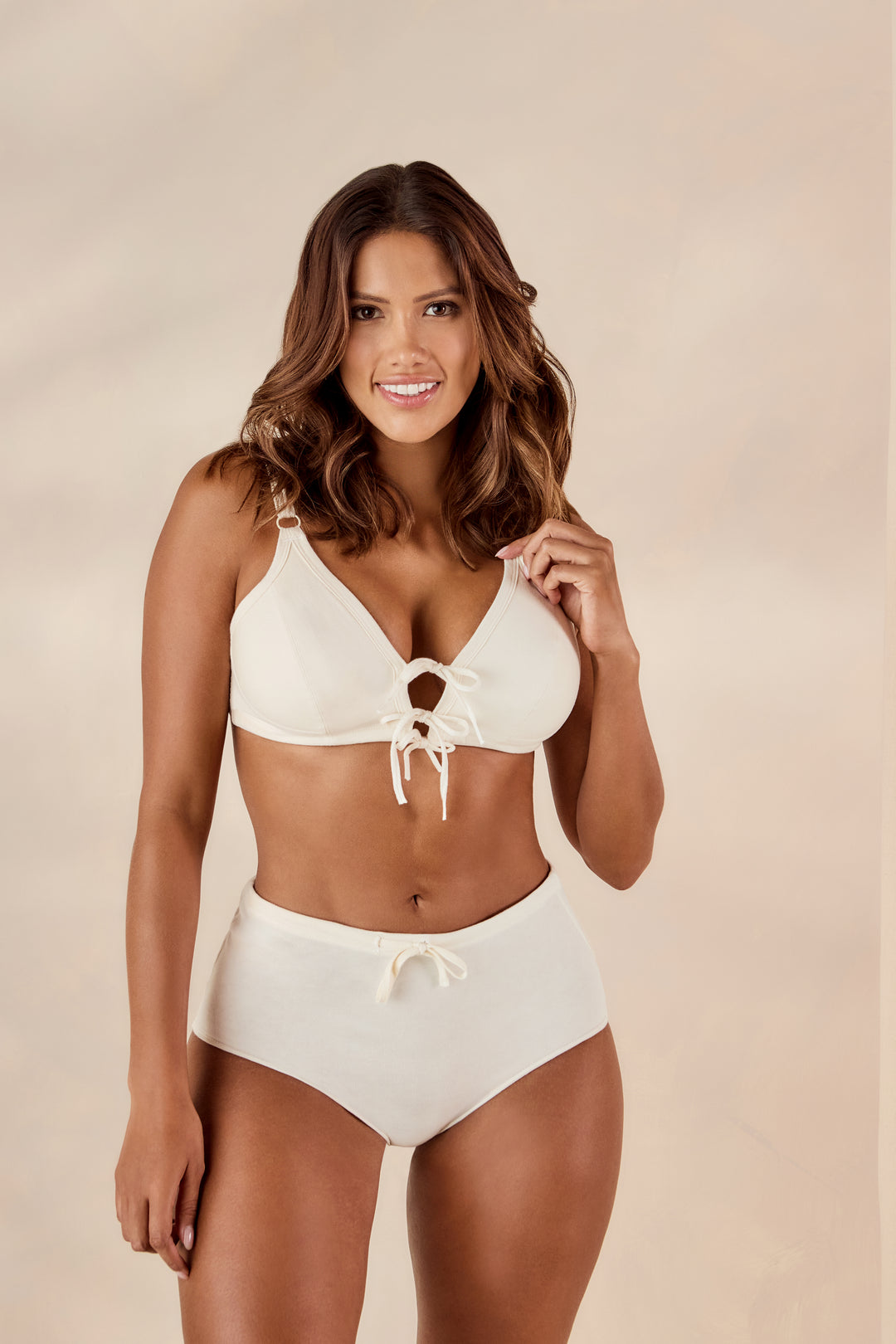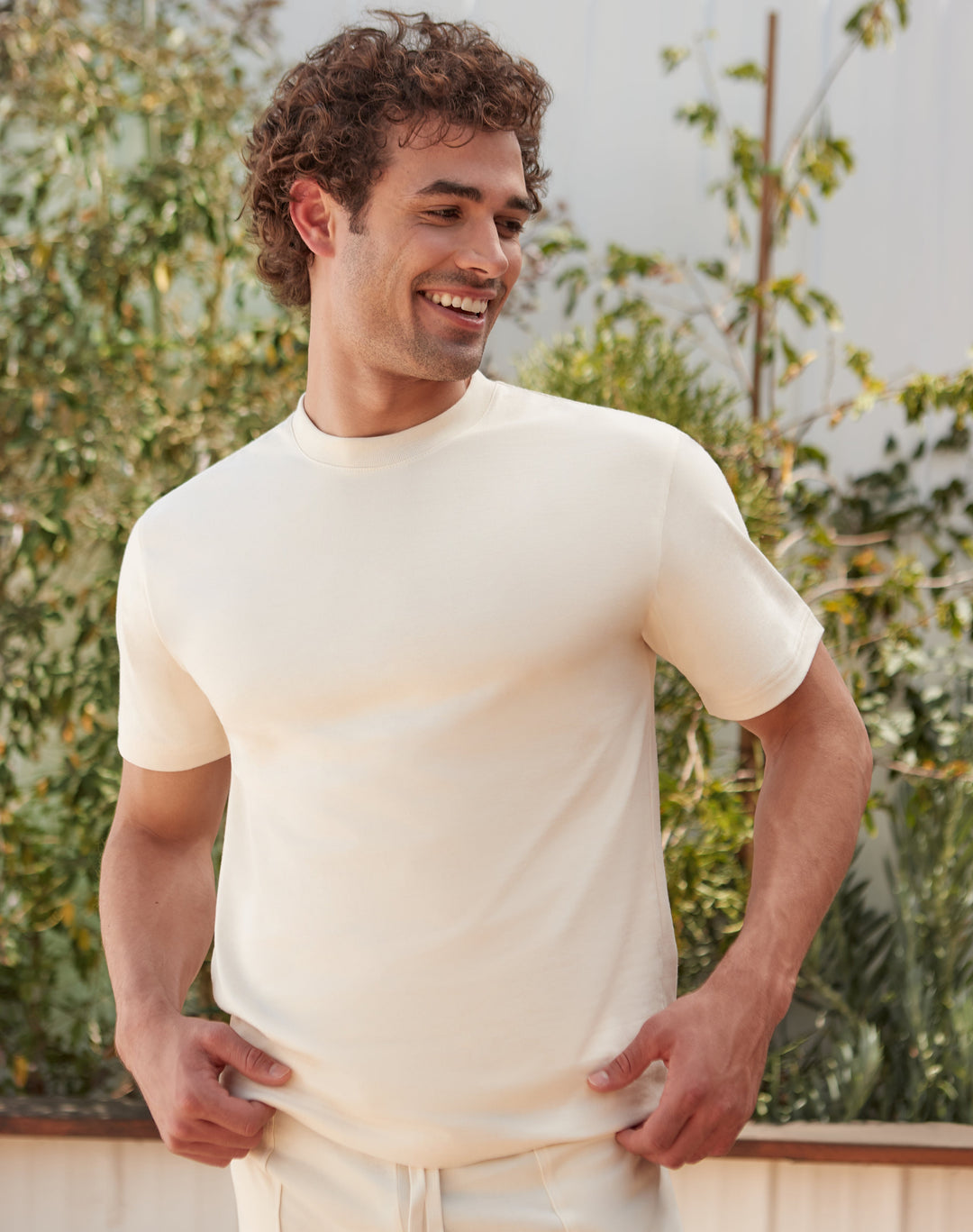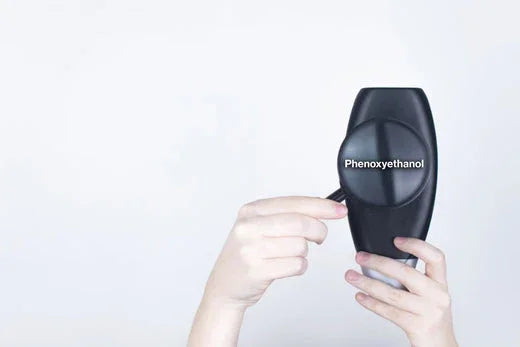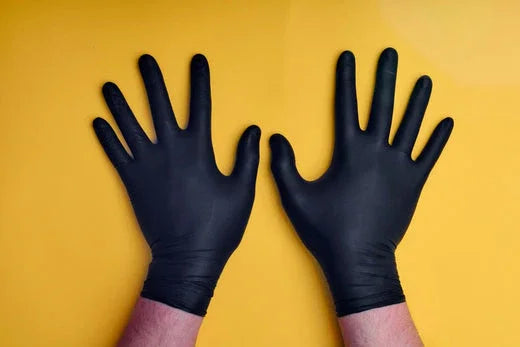Raynaud's Disease: Possible Causes and Remedies
Cold feet may be common when the winter wind blows, but for people with Raynaud's disease, the discomfort and tingling numbness can be felt at any time of the year.
Raynaud's disease, also known as Raynaud's phenomenon or syndrome, is a condition that causes blood vessels in the extremities to constrict during shifts from warmer to cooler temperatures. It causes some parts of the body, such as fingers and toes, to feel numb and cold in response to chilly climates, physical fatigue, or emotional stress.
What Is Raynaud’s Disease?
According to Harvard Medical School (HMS), a normal person's body starts to keep its vital organs warm when the body has been exposed to cold. Small vessels in the skin constrict, redirecting blood from arteries near the surface to those deeper in the body to protect against heat loss.
Like others, people with Raynaud's also tend to have similar body responses when exposed to cold. However, even with small temperature changes, the blood vessels of those who have the said condition suddenly contract.
"Their thermoregulatory vessels contract suddenly and remain constricted, reducing the flow of blood to the skin, which turns pale and cold," the HMS explained.
The Greater Washington Advanced (GWA) Podiatry also shared that when the blood vessels spasm, the feet become cold, numb, or even painful, and may take on a white or blue appearance. "As the attack subsides, patients may experience 'pins and needles' in their lower limbs as their blood vessels open up again," the GWA Podiatry said.
Who Is at Risk?
According to Johns Hopkins Medicine, certain factors can increase your risk of developing the condition. Although the exact cause of this condition remains unknown, health professionals believe Raynaud's may come from various factors such as:
-
- A connective tissue or autoimmune disease
- Chemical exposure
- Cigarette smoking
- Injury or trauma
- Repetitive actions, such as typing or use of tools that vibrate like a jack hammer
- Side effects from certain medicines
How Is Raynaud’s Treated?
While Raynaud's disease may not cause a physical disability, the condition is generally more bothersome than disabling, affecting a patient's quality of life. Currently, there is currently no cure for Raynaud's disease. However, with proper treatment, the symptoms can be managed.
-
- Avoid exposure to cold
- Keep warm with gloves, socks, scarf, and a hat
- Stop smoking
- Wear finger guards over fingers with sores
- Avoid trauma or vibrations to the hand (such as with vibrating tools)
- Take blood pressure medicines during the winter months to help reduce constriction of the blood vessels
- Talk with your healthcare providers about the risks, benefits, and possible side effects of all medicines.
This November, as autumn transitions into winter and the days grow shorter and colder, Cottonique wants you to be prepared for sudden exposure to the cold. As the environment changes, we urge you to dress warmly in multiple layers.
Here are the five winter wardrobe essentials that people with Raynaud's Disease should invest in to protect their extremities.
Hypoallergenic Socks
To help protect your feet from cold and unwanted irritants, we recommend wearing our allergy-free socks made with 100% organic cotton socks, providing comfort for everyday activities and warmth with every step.
Latex-Free Adult Booties
If your socks are causing your feet to itch, swell, and feel dry, the elastic embedded in them or the synthetic-made fabric may be the culprit. To prevent them from happening, try this allergy-free pair of socks made with soft, 100% chemical-free organic cotton, perfect for people with skin allergies and sensitive skin.

Elite Elastic-Free 100% Cotton Socks
Tired of having blisters around your ankles due to tight and itchy synthetic socks? Look no further than our elite elastic-free 100% cotton socks that give fit, adequate coverage, and comfortable protection without harmful elastics and synthetics.

Lightweight Latex-Free 100% Organic Cotton Crew Socks
We know how hard it is to find socks without latex or synthetics that can cause itchy feet and allergic reactions. That's the reason why we created these lightweight latex-free crew socks that stay up without any elastics or fabric treatments and comfort without constricting your skin.

Latex-Free 100% Organic Cotton Thigh-High Socks
Thigh-high socks that give the perfect comfort and fit without sagging and slipping down can be difficult to find. That's why we created these hypoallergenic thigh-high socks made to provide over-the-knee coverage, warmth, and comfort during the cold weather, and an itch-free experience without harmful elastics and synthetics.

Gloves
Take measures against the chilly weather by avoiding unprotected exposure to the cold using soft yet protective cotton gloves.
Hypoallergenic Gloves
This allergy-free accessory, made from 100% organic cotton, remains functional without the use of latex and Spandex. The organic cotton cuffs provide reasonable tightness and optimal convenience, significantly reducing discomfort without letting the fabric slip off.

Wraps
According to HMS, cold winds that touch parts of your skin, even on the neck, can trigger Raynaud's disease. Don't let the cold weather stop you from being warm and cozy with our ultimately soft and itch-free scarves and shawls.
Hypoallergenic Tubular Knitted Scarf
An allergy-free layering piece that adds the perfect dash of comfort and style to your winter wardrobe without irritating.

Women’s Hypoallergenic Shawl
A versatile, hypoallergenic piece that gives an extra layer of warmth and comfort anytime, anywhere.

At Cottonique, creating garments that provide nothing but maximum comfort is our priority. And one way of improving your overall comfort is by choosing the best garments safe for your condition. To know more about Raynaud's disease, you may read: What is Raynaud's Disease?
DISCLAIMER: The information provided on Cottonique’s website is intended solely for general informational purposes and should never be considered a substitute for professional medical advice, diagnosis, or treatment. All content—including text, treatments, outcomes, charts, graphics, photographs, and study findings—is created for educational purposes and should not be regarded as establishing a standard of care.
Readers are encouraged to verify any information from this site with reliable sources and consult their physician or a qualified healthcare professional regarding any medical condition or treatment. As part of its mission to help individuals with allergies live more comfortably, Cottonique emphasizes the importance of seeking personalized medical advice for any health concerns.








